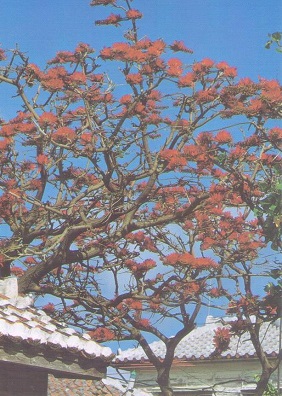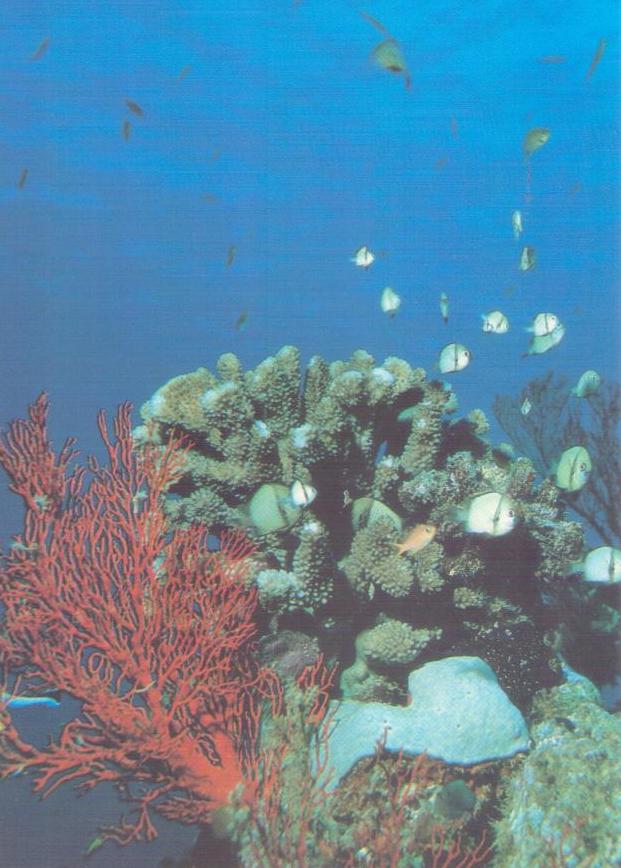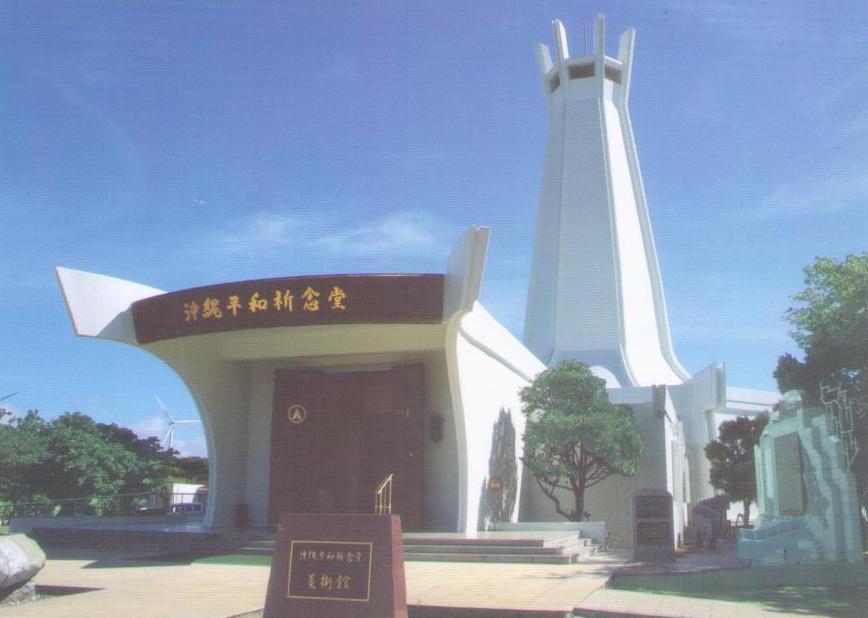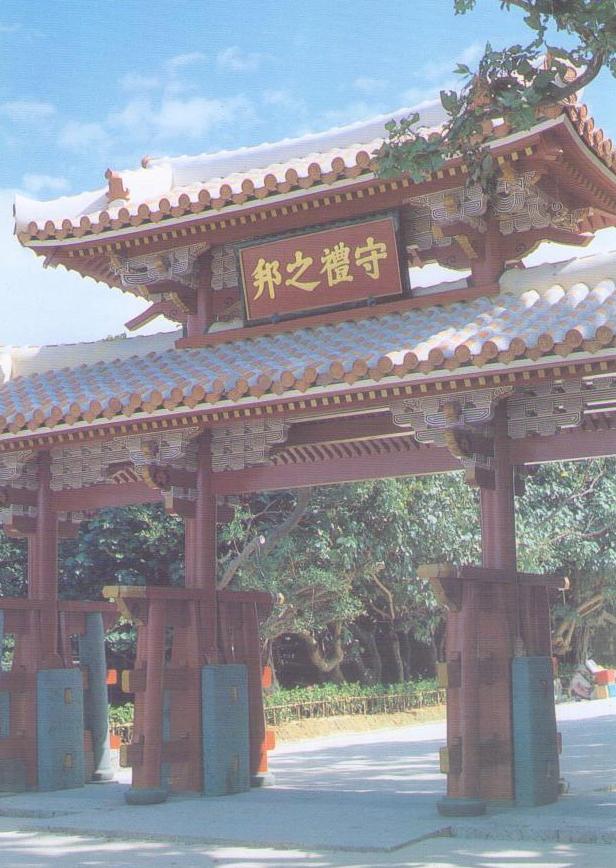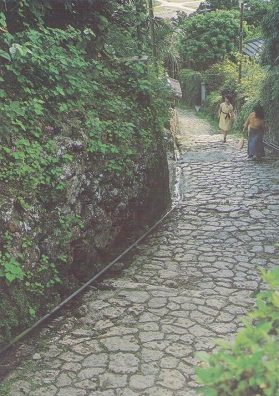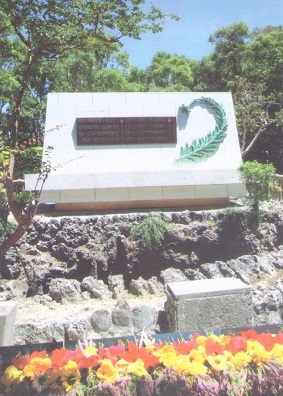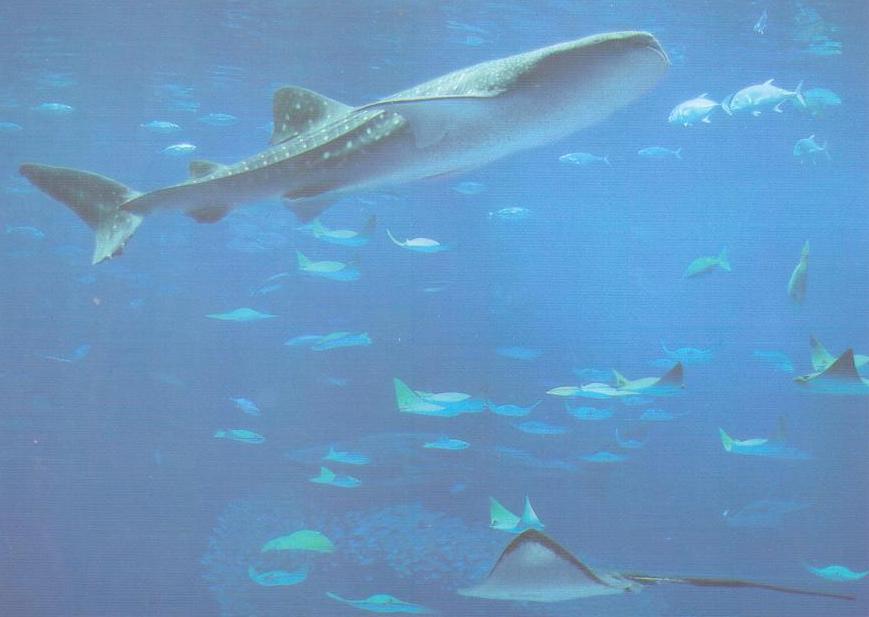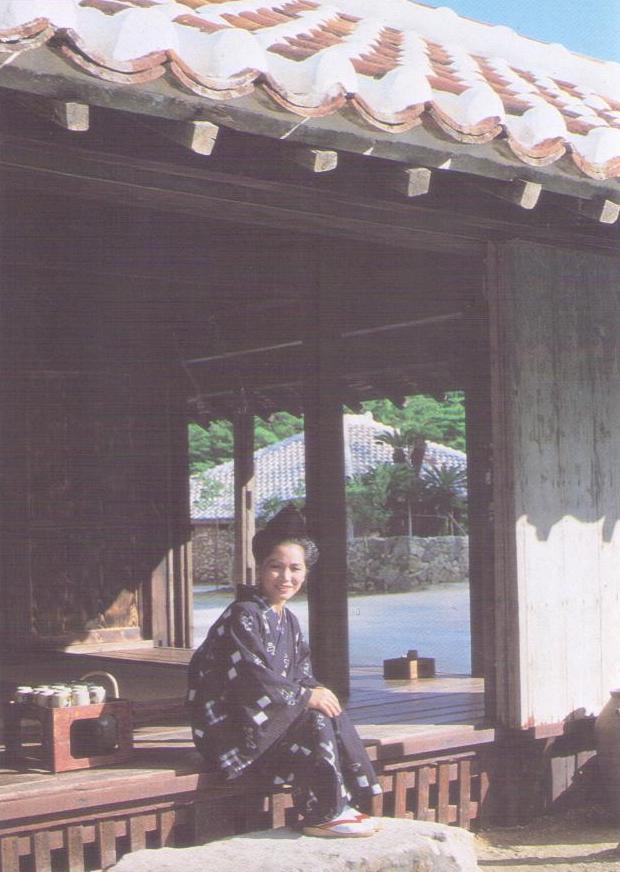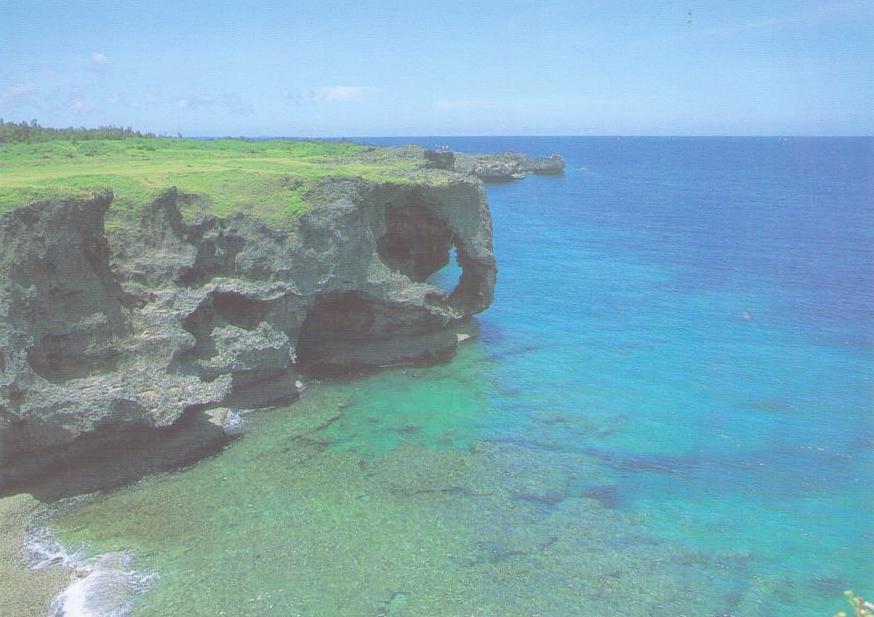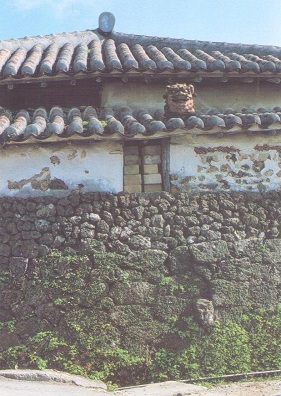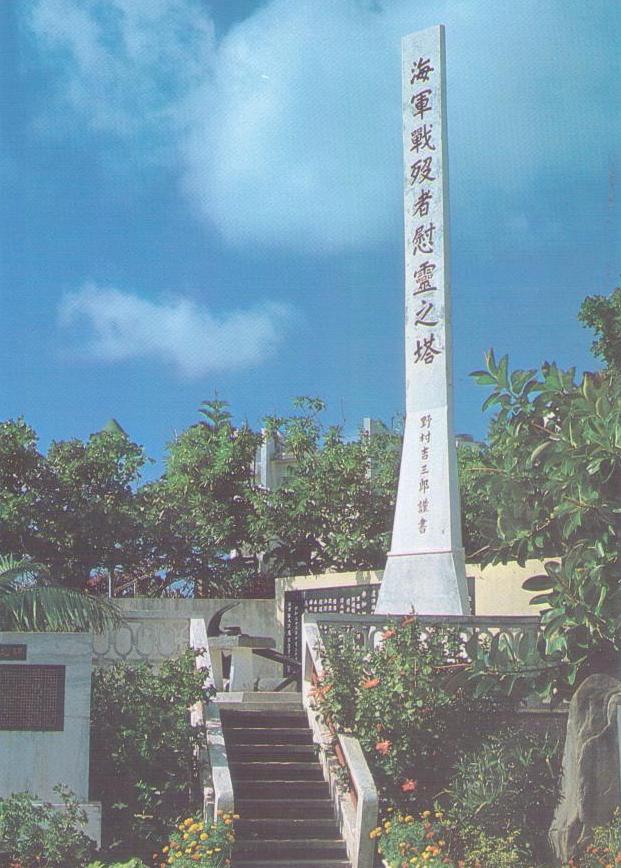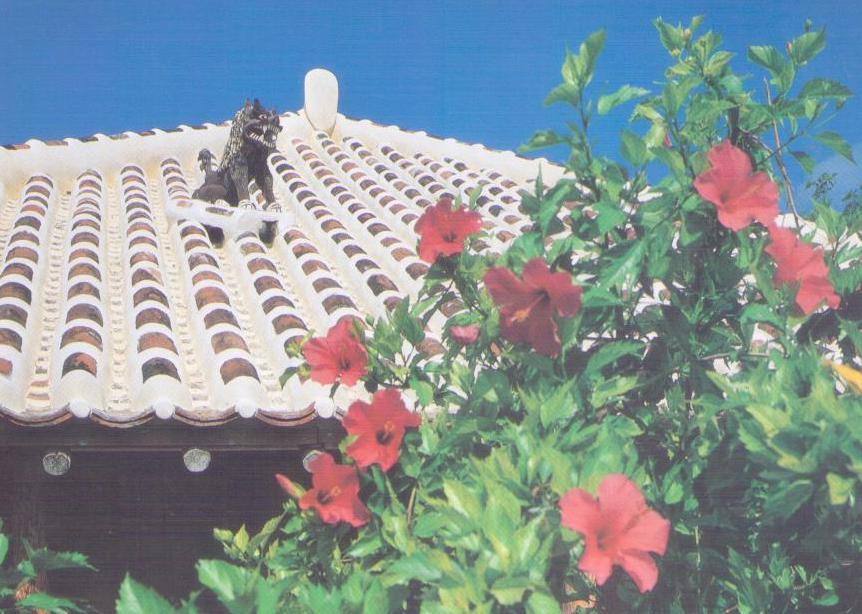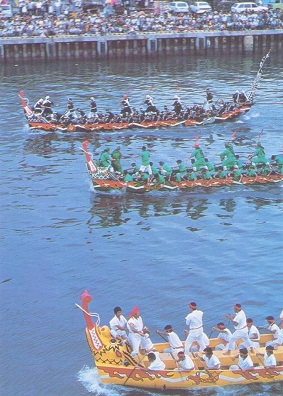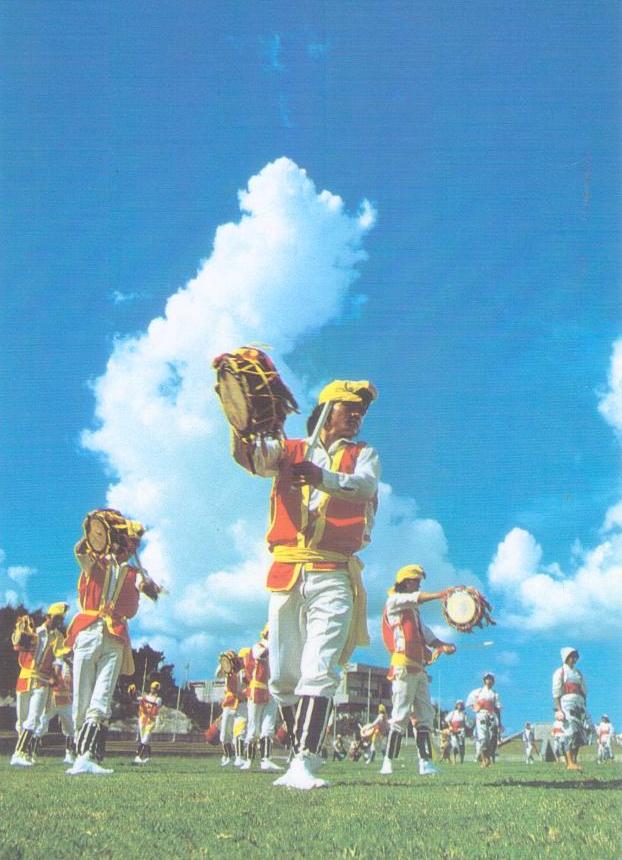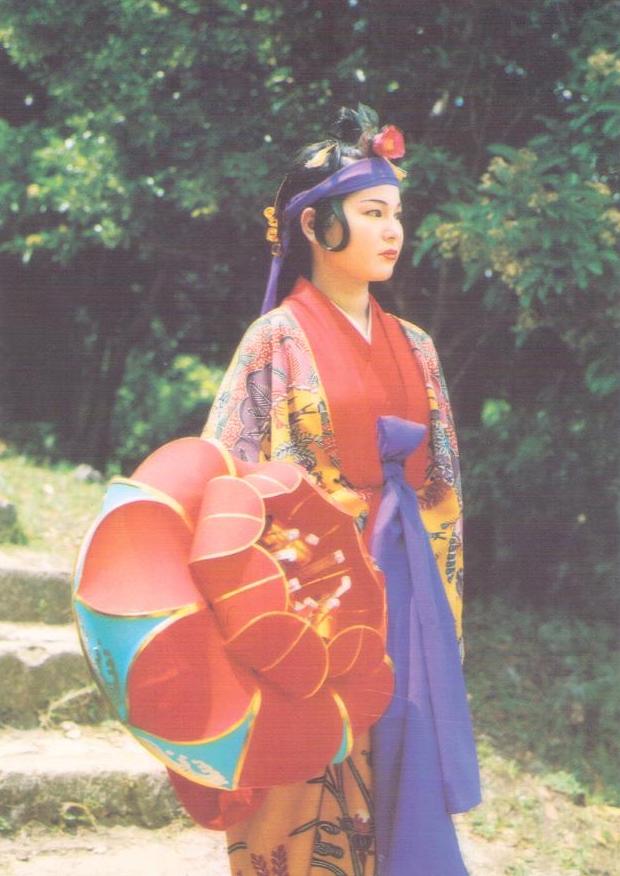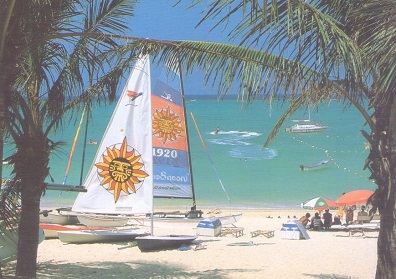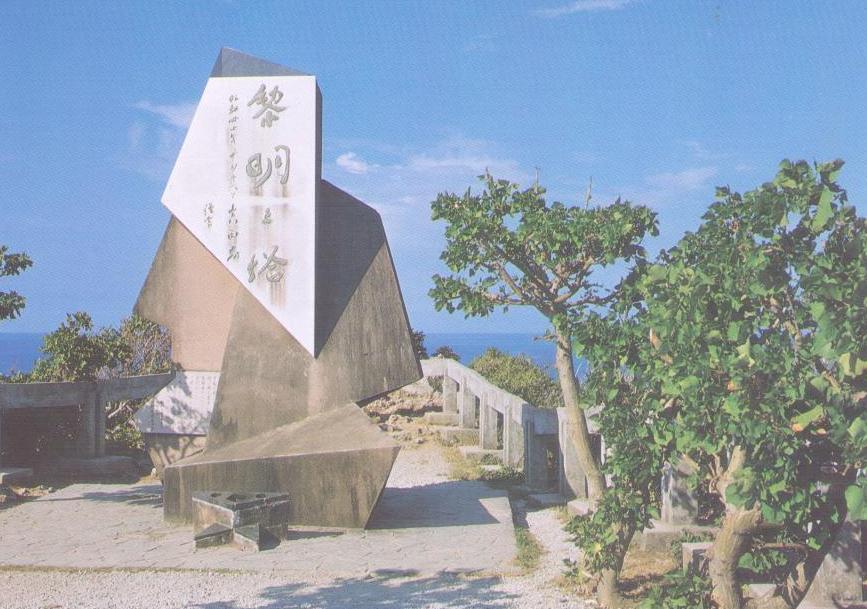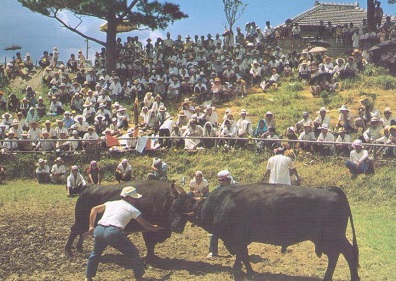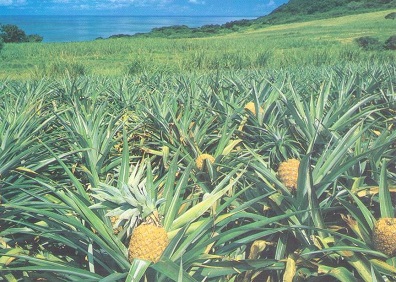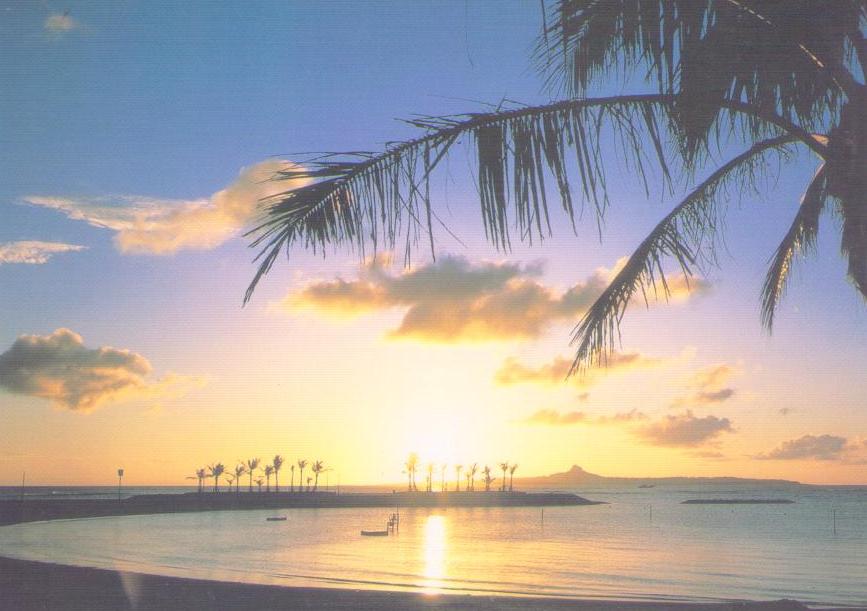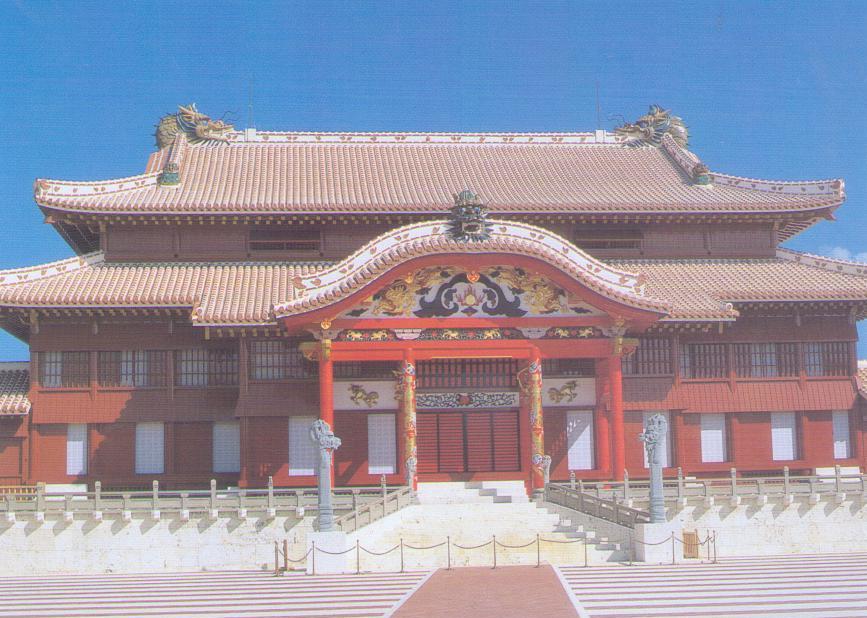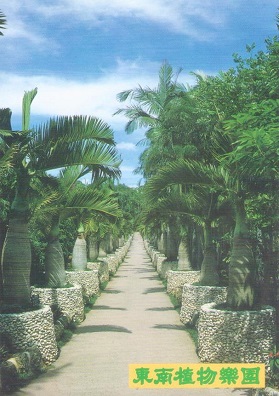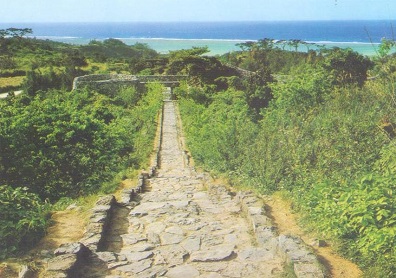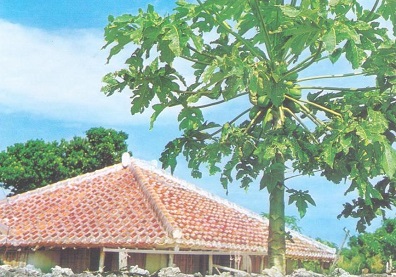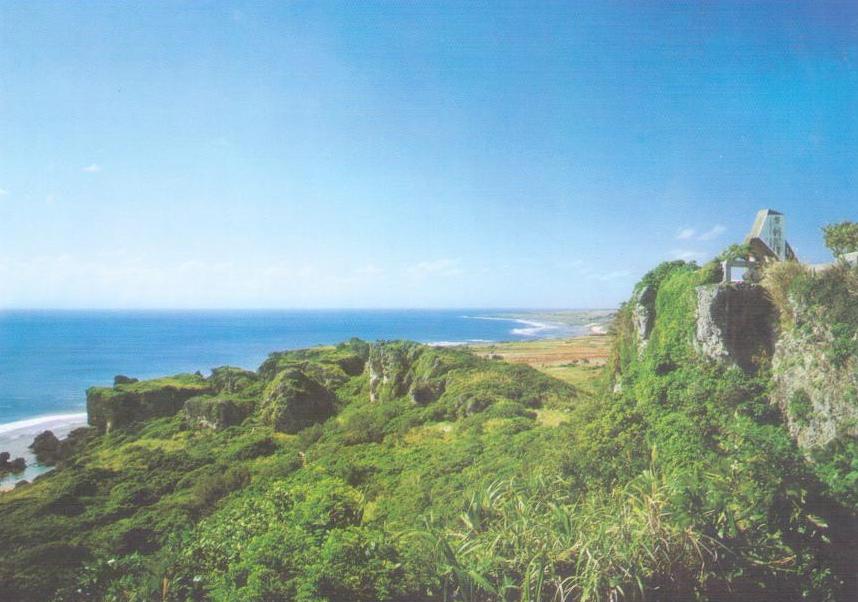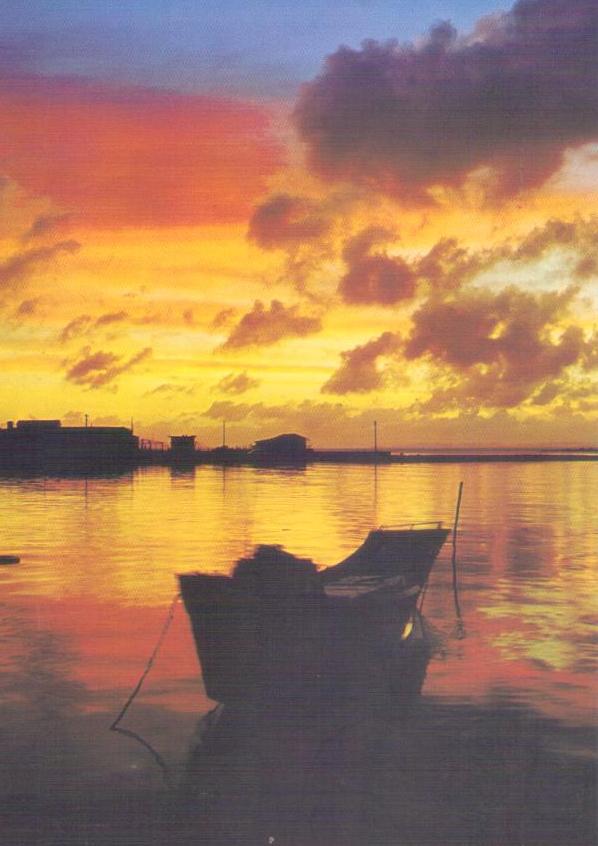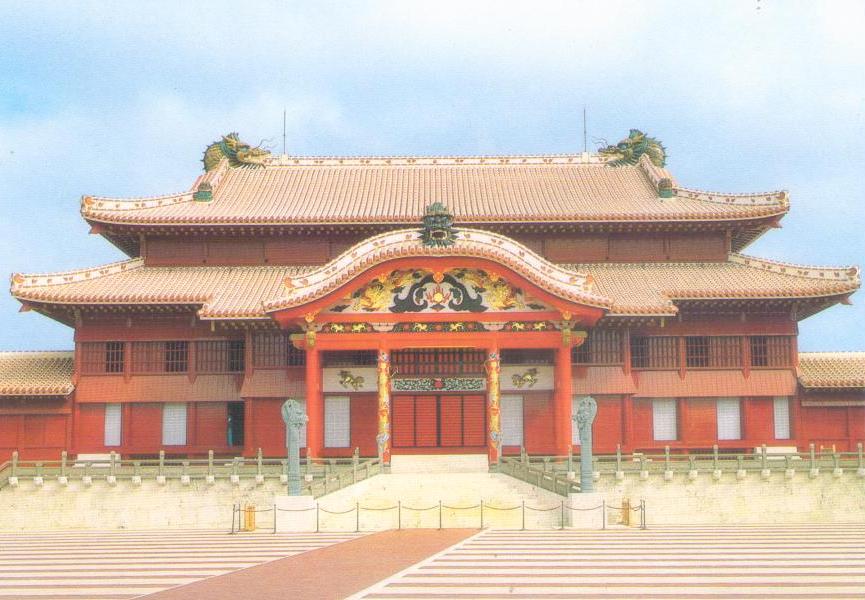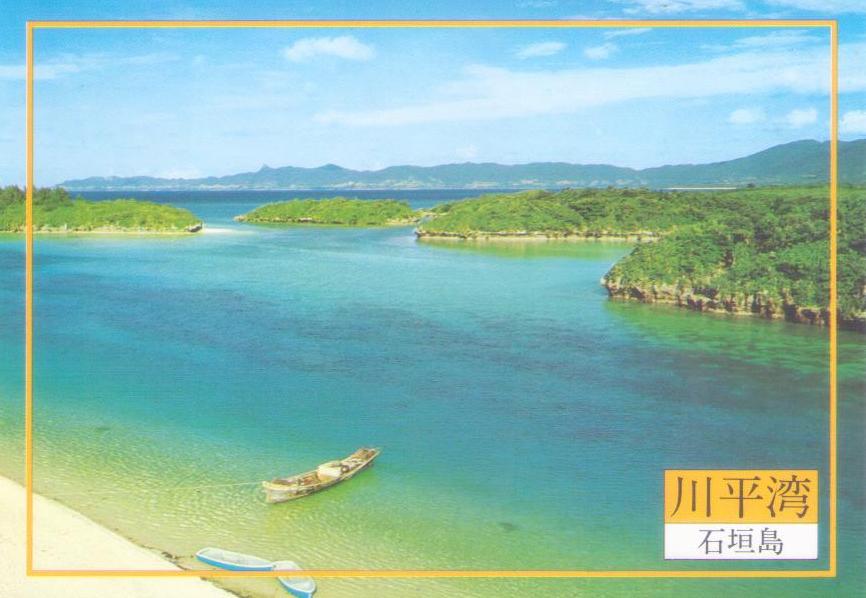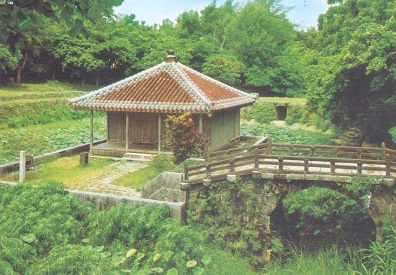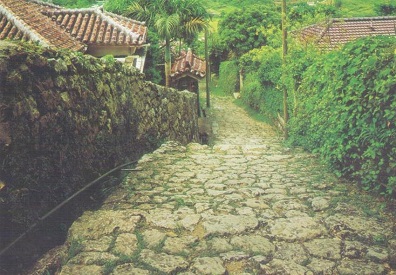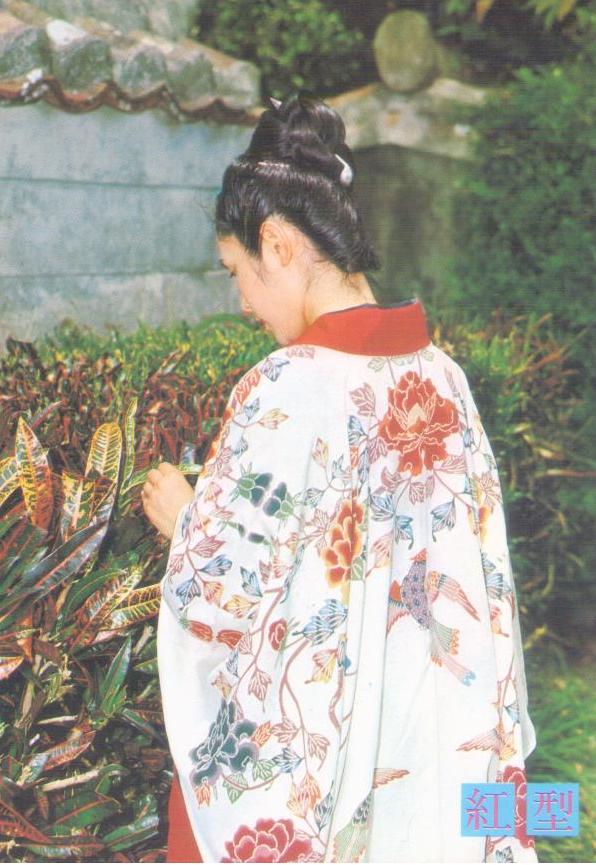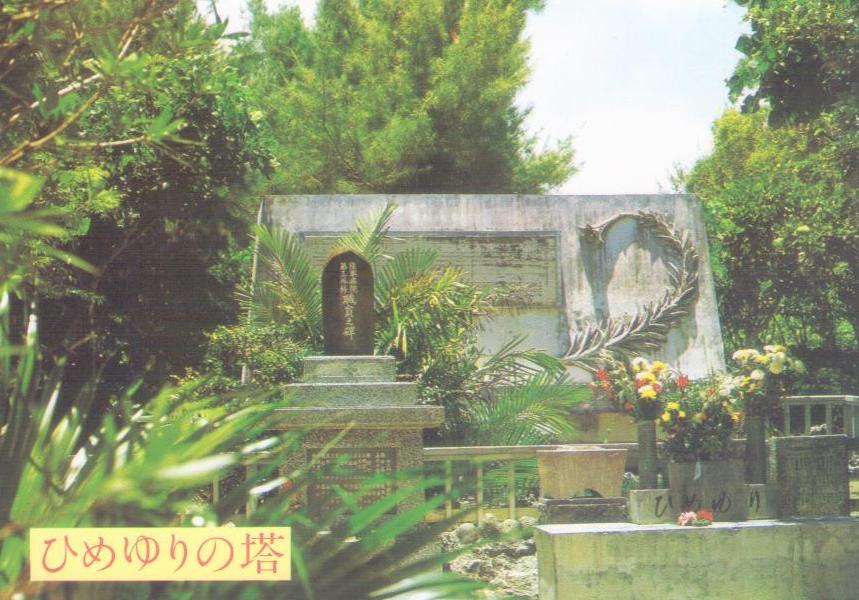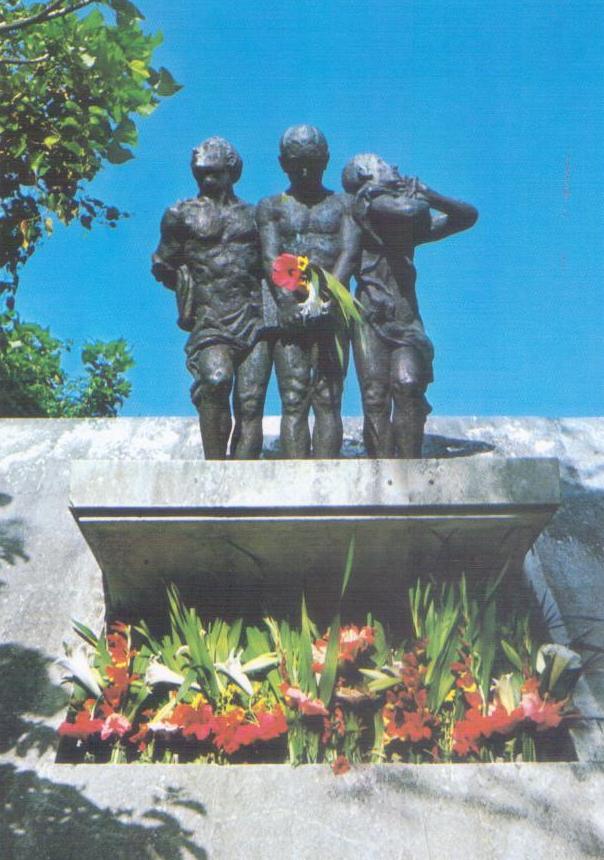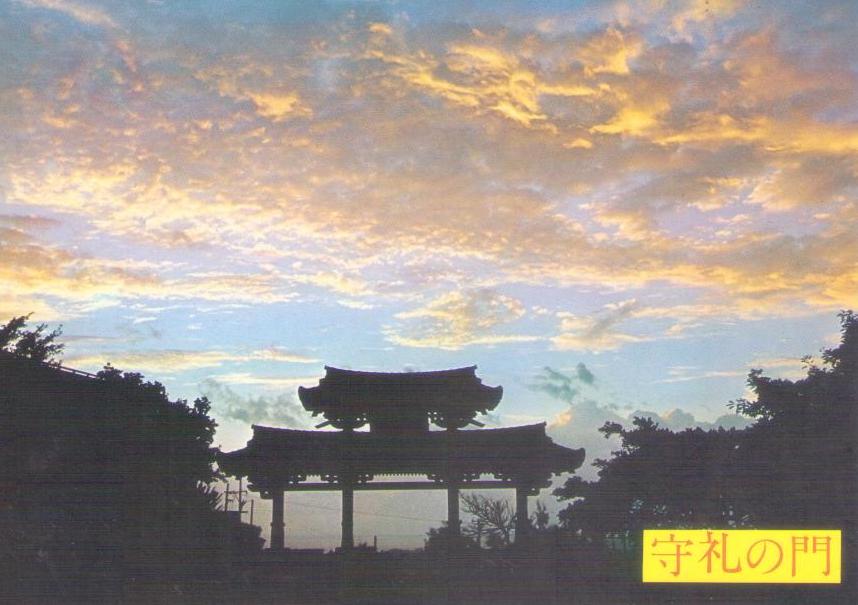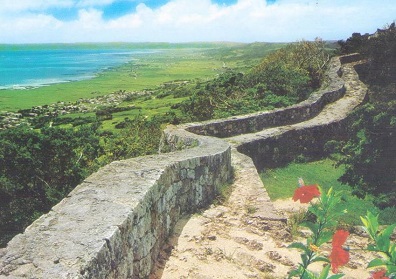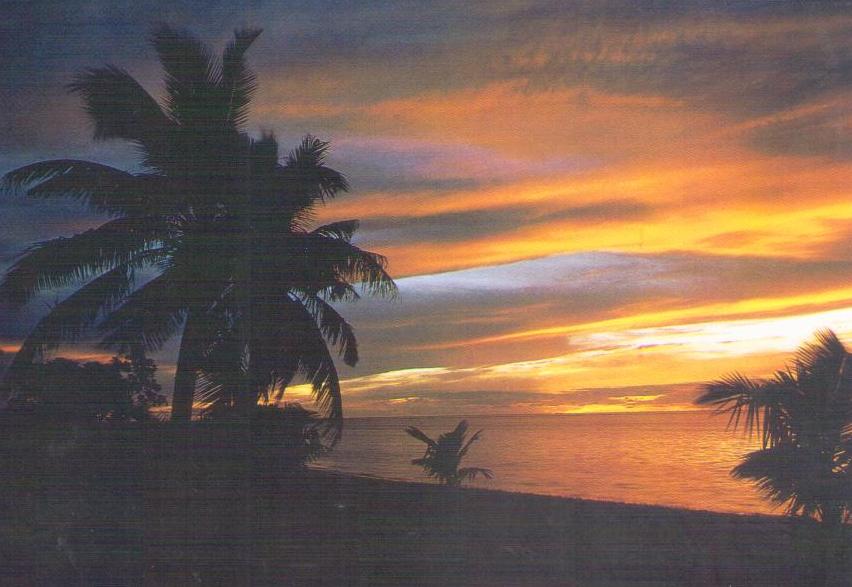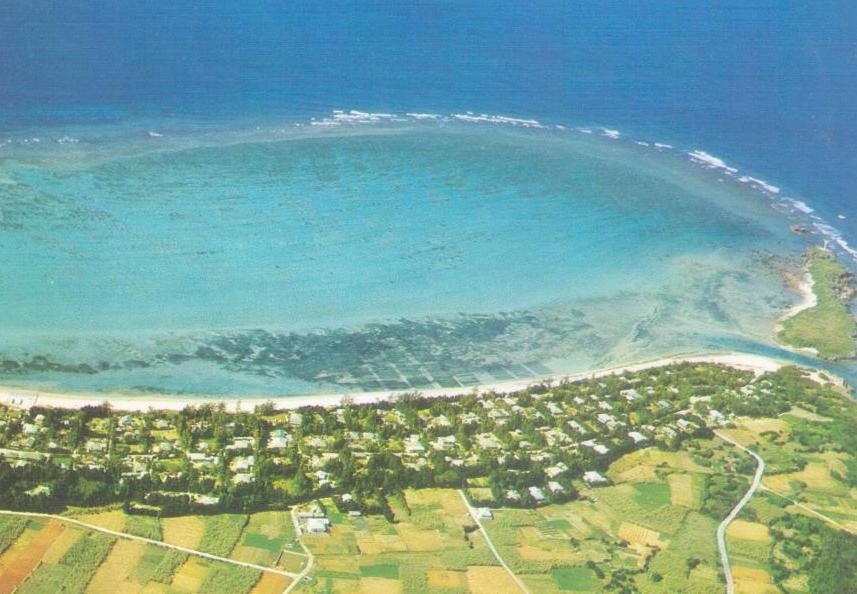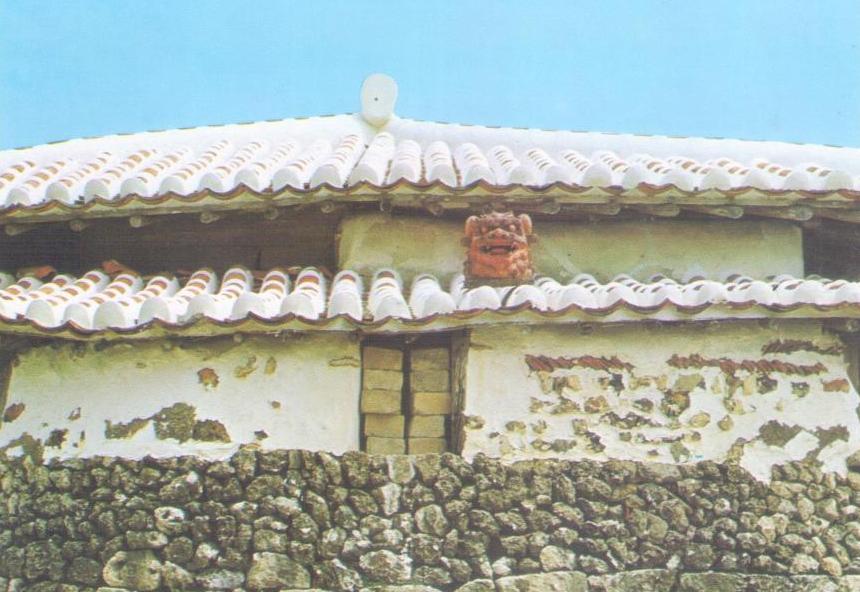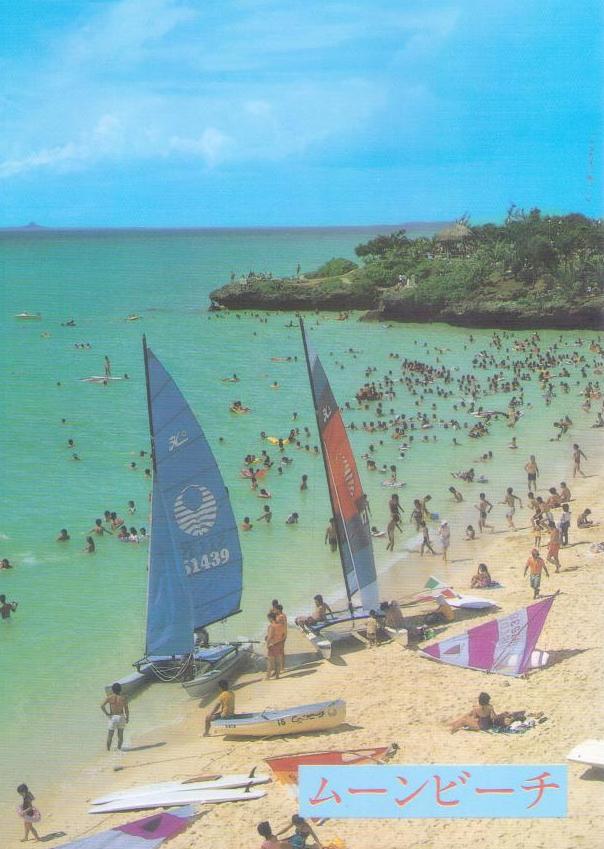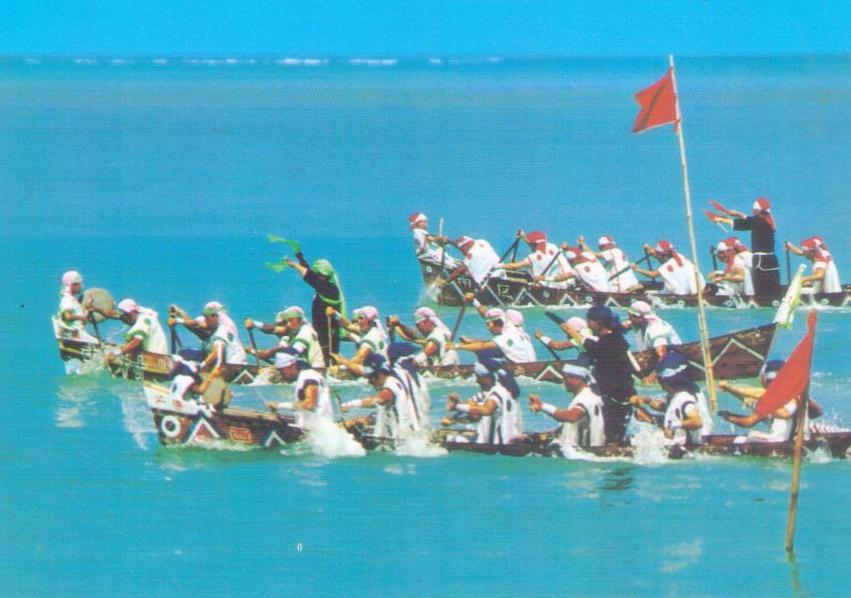-
Okinawa, Erythrina Indica Flower
Continuing a series of unused cards, captioned mostly in Japanese and Chinese, but with the key identification also in Roman lettering. Erythrina indica is sometimes known as the coral tree. Grade: 1
-
Okinawa, Corals in the sea
Continuing a series of unused cards, captioned mostly in Japanese and Chinese, but with the key identification also in English (or we should say western letters). Grade: 1
-
Okinawa, Eternal Peace Commemorating Temple
Continuing a series of unused cards, captioned mostly in Japanese and Chinese, but with the key identification also in English (or we should say western letters). Grade: 1
-
Okinawa, Shurei No Mon
Continuing a series of unused cards, captioned mostly in Japanese and Chinese, but with the key identification also in English (or we should say western letters). Grade: 1
-
Okinawa, Kinjomachi street Syuri
Continuing a series of unused cards, captioned mostly in Japanese and Chinese, but with the key identification also in Roman lettering. Grade: 1
-
Okinawa, Himeyuri-no-To
Continuing a series of unused cards, captioned mostly in Japanese and Chinese, but with key identification also in Roman lettering. Apart from being the name of a film, Himeyuri-no-To is described online by one skeptical observer like this: “Himeyuri no Tō (literally, Tower of the Lilies) memorialises the Himeyuri students, a large corps of local students and their teachers drafted by the authorities to help in the war effort. For the most part, this meant serving as nurses to the wounded in make-shift field hospitals erected, if that is the apt word, in caves. Perhaps it is something about the primitivism of the use of caves by a modern war machine that makes the whole scenario feel so futile, so doomed and absurd”. Okinawan people, and Japanese persons generally, may well see this differently. Grade: 1
-
Okinawa, Churaumi Aquarium
Continuing a series of unused cards, captioned mostly in Japanese and Chinese, but with the key identification also in English (or we should say western letters). Grade: 1
-
Okinawa, Ryukyu Village
Continuing a series of unused cards, captioned mostly in Japanese and Chinese, but with the key identification also in English (or we should say western letters). Grade: 1
-
Okinawa, Manzamo
Continuing a series of unused cards, captioned mostly in Japanese and Chinese, but with the key identification also in English (or we should say western letters). Grade: 1
-
Okinawa, Views of Tsuboya
Continuing a series of unused cards, captioned mostly in Japanese and Chinese, but with key identification also in Roman lettering. This is a district of Naha, famous for pottery. Grade: 1
-
Okinawa, Cave of Former Japanese Navy Headquarters
Continuing a series of unused cards, captioned mostly in Japanese and Chinese, but with the key identification also in English (or we should say western letters). Grade: 1
-
Okinawa, Hibiscus Flower & Shisa
The Shisa are iconic to Okinawa, and easily searchable online. Continuing a series of unused cards, captioned mostly in Japanese and Chinese, but with the key identification also in English (or we should say western letters). Grade: 1
-
Okinawa, Hari Festival
Continuing a series of unused cards, captioned mostly in Japanese and Chinese, but with key identification also in Roman lettering. The Hari Festival is the annual dragon boat races. Grade: 1
-
Okinawa, Eisa Festival
Continuing a series of unused cards, captioned mostly in Japanese and Chinese, but with the key identification also in English (or we should say western letters). The annual (?) Eisa Festival celebrates traditional Okinawan folk dance. Grade: 1
-
Okinawa, Traditional Ryukyu Dancing
Continuing a series of unused cards, captioned mostly in Japanese and Chinese, but with the key identification also in English (or we should say western letters). Grade: 1
-
Okinawa, Moon Beach
Continuing a series of unused cards, captioned mostly in Japanese and Chinese, but with key identification also in Roman lettering. Grade: 1
-
Okinawa, Reimei-no-To
Continuing a series of unused cards, captioned mostly in Japanese and Chinese, but with the key identification also in English (or we should say western letters). This is one of Japan’s ultimate war memorials. Grade: 1
-
Okinawa, Bullfight
Continuing a series of unused cards, captioned mostly in Japanese and Chinese, but with key identification also in Roman lettering. In Ushiorase, at least in theory, the bulls are not harmed. Grade: 1
-
Okinawa, Pine (sic) Farms
Continuing a series of unused cards, captioned mostly in Japanese and Chinese, but with the key identification also in English (or we should say western letters). We’re extrapolating “Pine” to “Pineapple”. Grade: 1
-
Okinawa, Emerald Beach
Continuing a series of unused cards, captioned mostly in Japanese and Chinese, but with the key identification also in English (or we should say western letters). Grade: 1
-
Okinawa, Shurijo Castle
Concluding a series of unused cards, captioned mostly in Japanese and Chinese, but with the key identification also in English (or we should say western letters). The castle itself and the surrounding buildings seem to be reconstructed. Grade: 1
-
Okinawa, South-East Botanical Garden
Starting a series of unused cards, captioned (usually) briefly in Chinese, then Japanese, then more of an often-colourful and enjoyable English. Grade: 1
-
Okinawa, Ruin of Nakijin Castle
Continuing a series of unused cards, captioned (usually) briefly in Chinese, then Japanese, then more of an often-colourful and enjoyable English. Also known as Kitayama Castle. Grade: 1
-
Okinawa, Roof and Papayas
Continuing a series of unused cards, captioned (usually) briefly in Chinese, then Japanese, then more of an often-colourful and enjoyable English. Grade: 1
-
Okinawa, Reimeinoto
Continuing a series of unused cards, captioned (usually) briefly in Chinese, then Japanese, then more of an often-colourful and enjoyable English. Grade: 1
-
Okinawa, Sunset of Itoman Fishing Port
Continuing a series of unused cards, captioned (usually) briefly in Chinese, then Japanese, then more of an often-colourful and enjoyable English. Like this one: “Itoman is a town of fishermen which hands down Okinawa as ‘Natives of the Sea’. We can suppose it here from the sun baked people.” Grade: 1
-
Okinawa, Shuri Castle
Continuing a series of unused cards, captioned (usually) briefly in Chinese, then Japanese, then more of an often-colourful and enjoyable English. Grade: 1
-
Okinawa, Kabira Bay
Continuing a series of unused cards, captioned (usually) briefly in Chinese, then Japanese, then more of an often-colourful and enjoyable English. Grade: 1
-
Okinawa, Benzaiten Shrine
Continuing a series of unused cards, captioned (usually) briefly in Chinese, then Japanese, then more of an often-colourful and enjoyable English. For this card: “Build about 470 years ago at the central island of Enkan Pond, and in old time famous canon of Buddhah donated by a Korean Monarch, was said to have been kept here.” Grade: 1
-
Okinawa, Stone Pavement of Kinjo
Continuing a series of unused cards, captioned (usually) briefly in Chinese, then Japanese, then more of an often-colourful and enjoyable English. For example, “A unique stone paved street near Shuri Castle. This street was saved from war disaster by a miracle.” Grade: 1
-
Okinawa, Bingata (Painted cloth)
Continuing a series of unused cards, captioned (usually) briefly in Chinese, then Japanese, then more of an often-colourful and enjoyable English. Grade: 1
-
Okinawa, Himeyurinoto
Continuing a series of unused cards, captioned (usually) briefly in Chinese, then Japanese, then more of an often-colourful and enjoyable English. Grade: 1
-
Okinawa, Kenjinoto
Continuing a series of unused cards, captioned (usually) briefly in Chinese, then Japanese, then more of an often-colourful and enjoyable English. For this card, not enjoyable but descriptive: “Dedicated to the teachers and school boys of Okinawa Normal School who battled with Japanese Forces until death in the War.” Grade: 1
-
Okinawa, Shureinomon
Continuing a series of unused cards, captioned (usually) briefly in Chinese, then Japanese, then more of an often-colourful and enjoyable English. Grade: 1
-
Okinawa, Ruin of Nakagusuku Castle
Continuing a series of unused cards, captioned (usually) briefly in Chinese, then Japanese, then more of an often-colourful and enjoyable English. Grade: 1
-
Okinawa, South Sea Sunset
Continuing a series of unused cards, captioned (usually) briefly in Chinese, then Japanese, then more of an often-colourful and enjoyable English. Grade: 1
-
Okinawa, Bisezaki (Headland of Bise)
Continuing a series of unused cards, captioned (usually) briefly in Chinese, then Japanese, then more of an often-colourful and enjoyable English. Grade: 1
-
Okinawa, Tsuboya (Town of Earthenware)
Continuing a series of unused cards, captioned (usually) briefly in Chinese, then Japanese, then more of an often-colourful and enjoyable English. Grade: 1
-
Okinawa, Moon Beach
Continuing a series of unused cards, captioned (usually) briefly in Chinese, then Japanese, then more of an often-colourful and enjoyable English. This card is no exception! Grade: 1
-
Okinawa, Haarii (Boat Race)
Continuing a series of unused cards, captioned (usually) briefly in Chinese, then Japanese, then more of an often-colourful and enjoyable English. This festival is known in other locations (such as Hong Kong) as dragon boat races. Grade: 1

